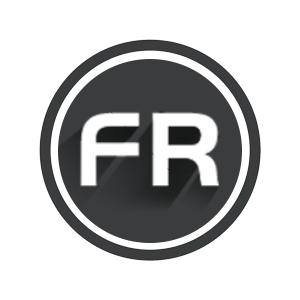V současné době, The cable industry is accustomed to flame retardant (FireRetardant), LowSmokeHalogenFree (LSOH) or low halogen low smoke (LSF), fire-resistant (FireResistant), atd., with certain fire performance of the cable, are collectively referred to as fire-resistant cable.

1. Flame-retardant cable (FlameRetardant)
Flame retardant cable is characterized by delaying the spread of flame along the cable so that the fire does not expand.
Because of its lower cost, it is a large number of fire-resistant cables used in the cable species.
Whether it is a single cable or a bundle of laying conditions, the cable is burned when the spread of flame can be controlled within a certain range.
Proto, you can avoid a major disaster caused by cable fire delayed combustion, thereby improving the level of fire prevention of cable lines.
2. Halogen-free low-smoke flame retardant cable (LSOH)
Halogen-free low-smoke cable is characterized not only by excellent flame retardant properties but also constitutes low-smoke halogen-free cable materials that do not contain halogens, are low corrosive, and are toxic when burning, producing a very small amount of smoke.
This reduces the damage to the human body, instruments, and equipment, and facilitates timely rescue in case of fire.
Although the halogen-free low-smoke flame retardant cable has excellent flame retardancy, odolnost proti korozi, and low smoke concentration, its mechanical and electrical properties are slightly worse than ordinary cables.
3. Low-halogen low-smoke flame retardant cable (LSF)
Low halogen low smoke flame retardant cable hydrogen chloride release and smoke concentration indicators between flame retardant cable and halogen-free low smoke flame retardant cable.
Low halogen (LowHalogen) kabel materials will also contain halogens, but the content is lower.
This cable is characterized by not only having flame retardant properties but also releasing less smoke and lower hydrogen chloride emissions during combustion.
These low-halogen, low-smoke flame-retardant cables are generally made of polyvinyl chloride (PVC) as the base material and processed with highly effective flame retardants, HCL absorbers, and smoke suppressants.
Proto, this flame retardant material significantly improves the burning performance of ordinary flame retardant PVC material.
4. Fire-resistant cable (FireResistant)
Fire-resistant cable is able to maintain normal operation for a certain period of time in the case of flame burning and can maintain the integrity of the line (CircuitIntergrity).
Fire-resistant flame retardant cables produce less acid gas smoke when burning, and fire-resistant flame retardant performance greatly improved, especially in the case of burning, accompanied by water spray and mechanical shock, the cable can still maintain the integrity of the line operation.
5. Flame-retardant cable standards and grades
The main technical indicators of the cable involved in fire safety are the flame retardancy of CO2 cable, the density of smoke, and gas toxicity.
U.S. fire standards are more concerned about the first two issues, but Europe and the United States have completely different views on fire safety.
The traditional American concept is that the root cause of the fire is the production of carbon monoxide (CO) poisonous gas and the subsequent heat release from CO to CO2 during the combustion process. Proto, controlling the amount of heat released during combustion can reduce the fire hazard.
Europe has traditionally been convinced that the amount of halogenated acid (HCL) released during combustion, the corrosiveness of the gas, the concentration of smoke, and the toxicity of the gas are the main factors determining whether people can safely leave the scene of a fire.
Common Cable Flame Retardant Grade Classification
1. IEC flame retardant grade
2. UL flame retardant standard
3. Trunking grade – CMR grade (upright burning test RiserFlameTest)
4. Commercial grade – CM grade (vertical burning test VertialTrayFlameTest)
5. General grade – CMG grade (vertical combustion test VertialTrayFlameTest)
6. Home grade – CMX grade (vertical combustion test VertialWireFlameTest)
7. Smoke density, halogen content, and toxicity level
8. IEC60754-2 gas acidity measurement (Corrosivity)
9. IEC61034-1/ASTME662 smoke density (EmissionofSmoke)
10. ISO4589-2/BS2863 oxygen index (OxygenIndexLOI)
11. ISO4589-3/BS2782.1 temperature index (TemperatureIndexTI)
12. NES713ToxicityIndex(ToxicityIndex)
13. IEC fire resistance grade
14. IEC60331 flame retardant grade
15. BS6387 flame retardant grade


